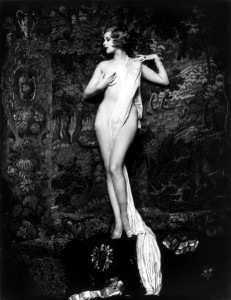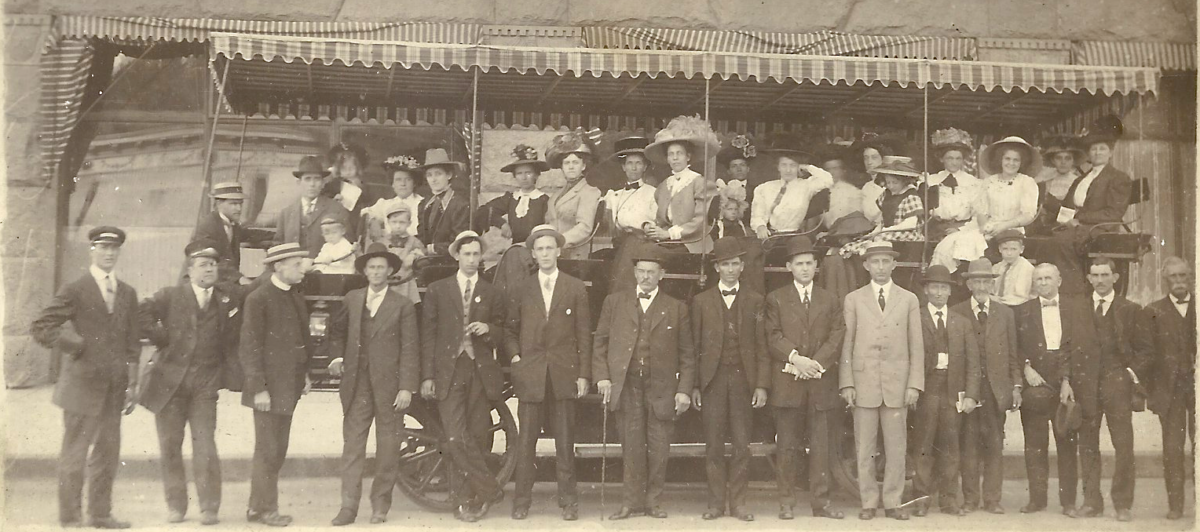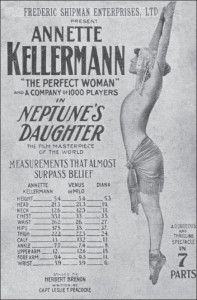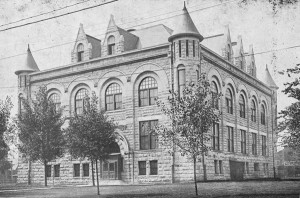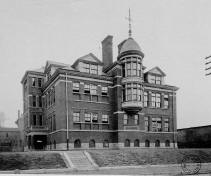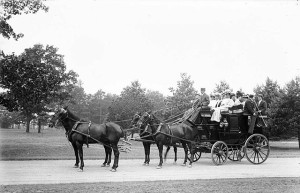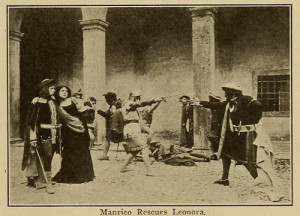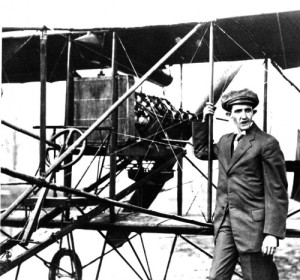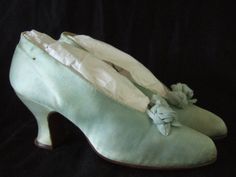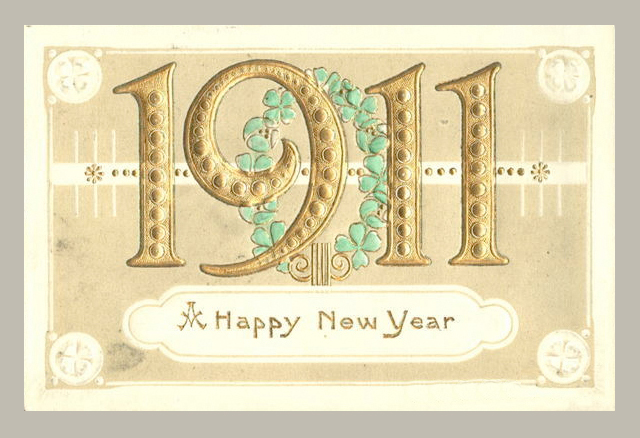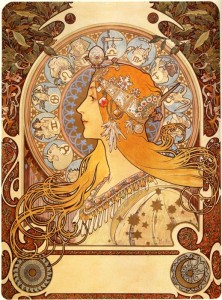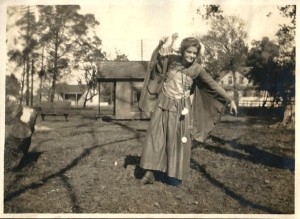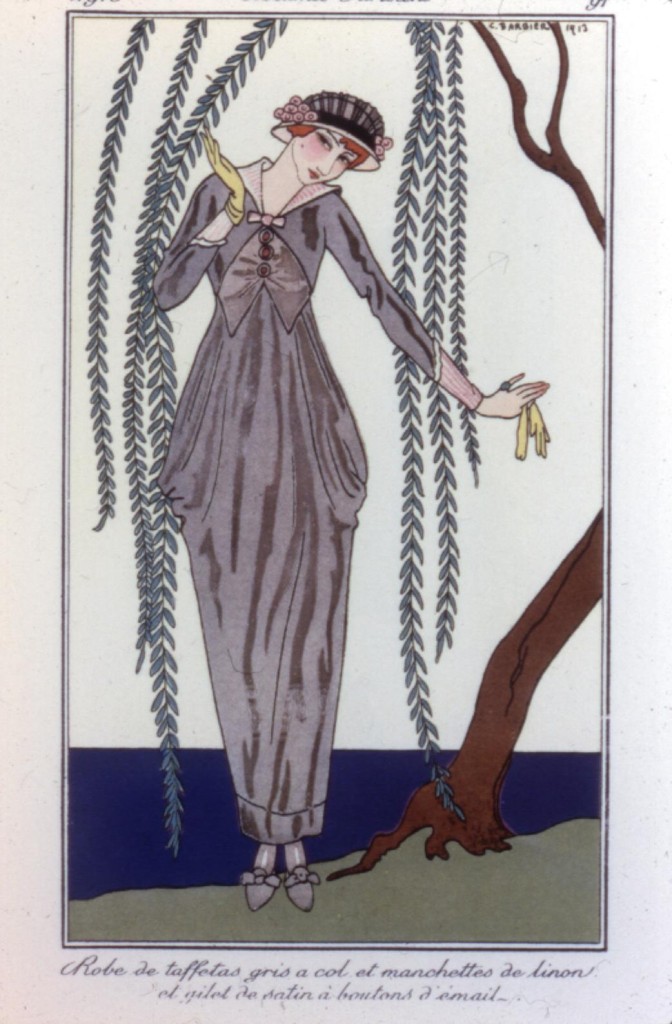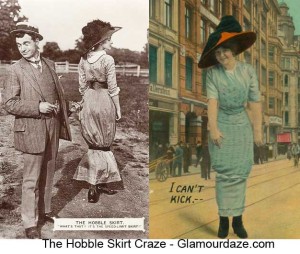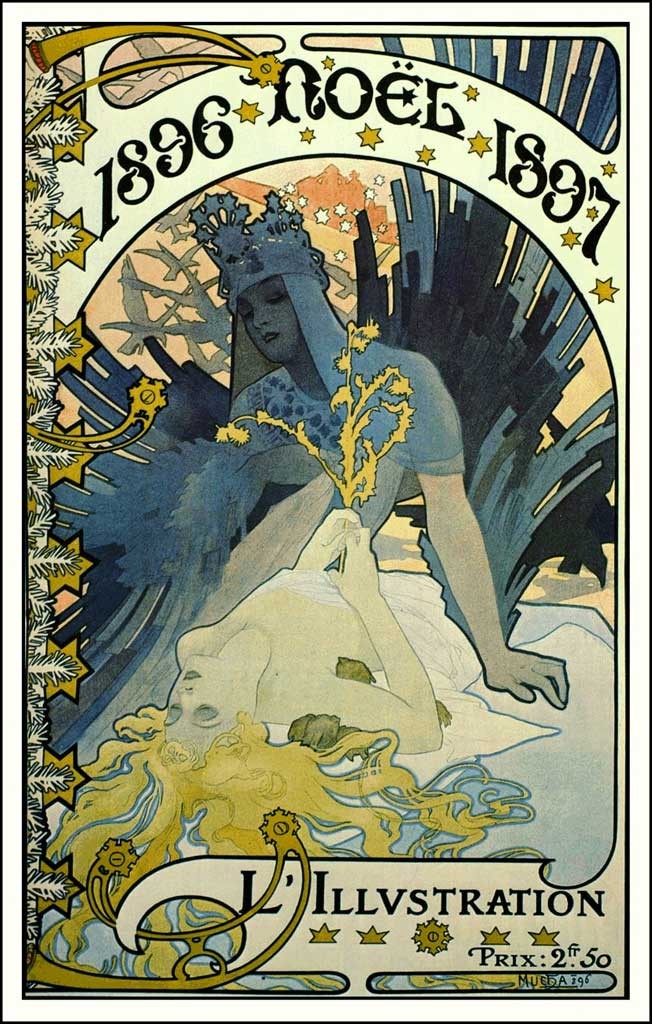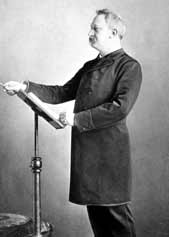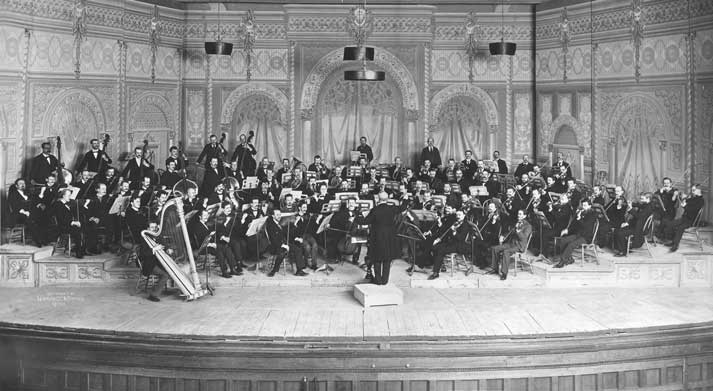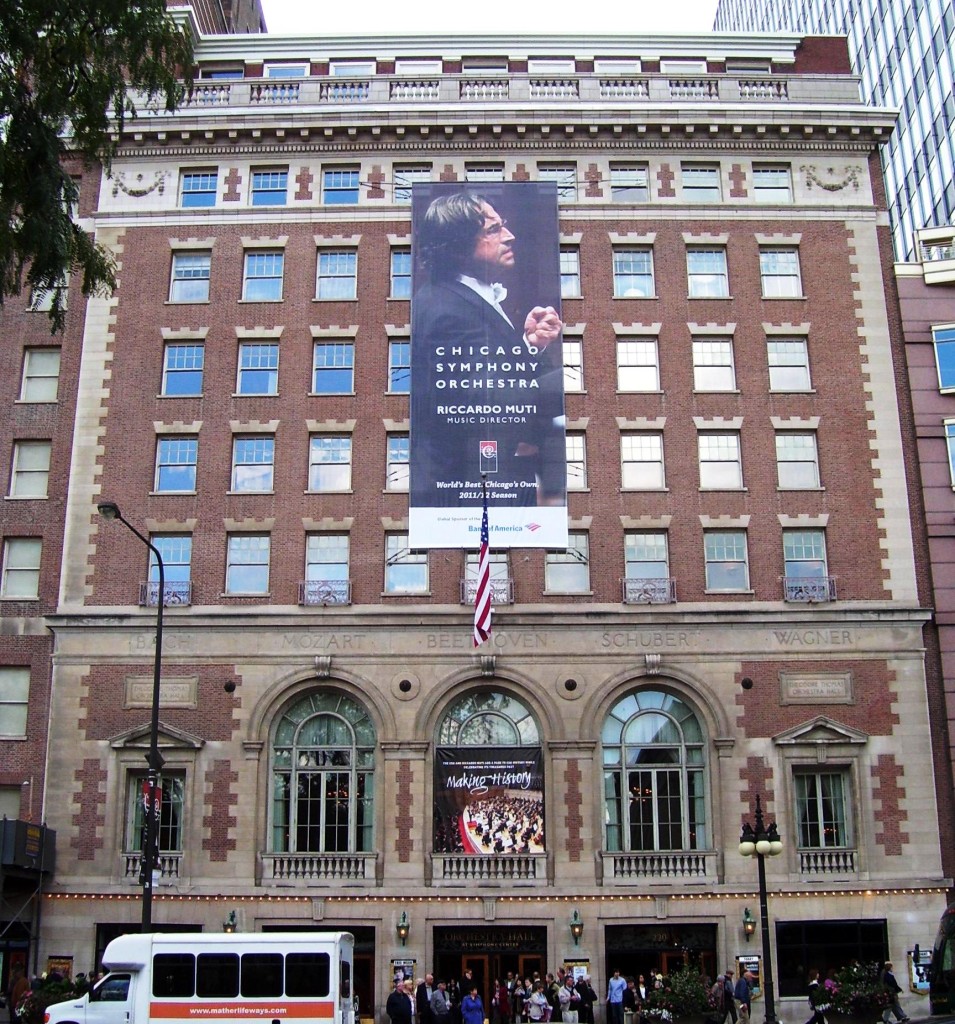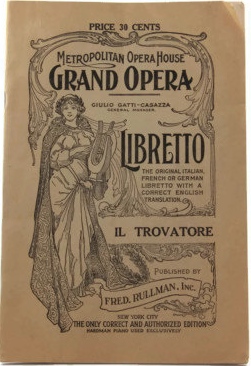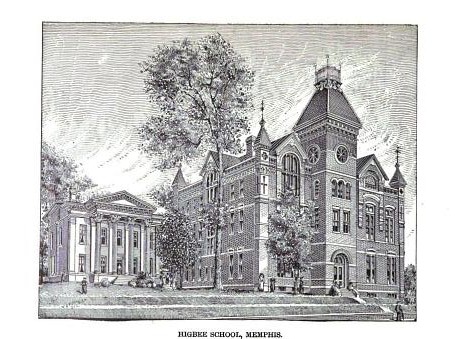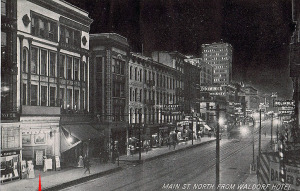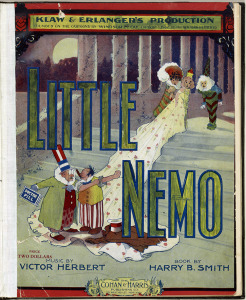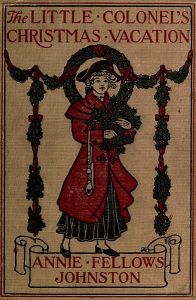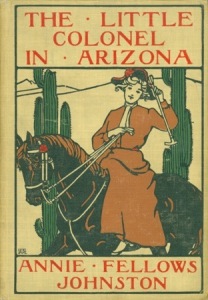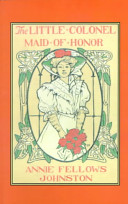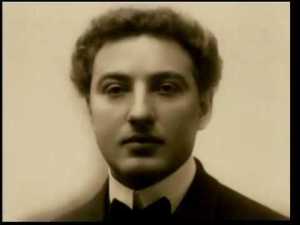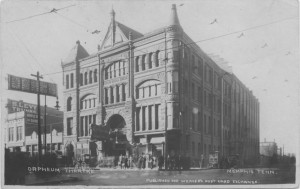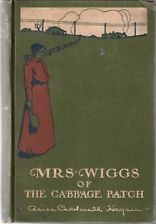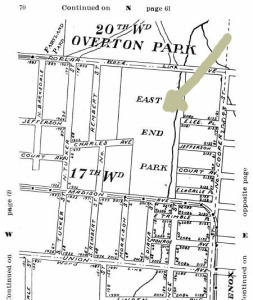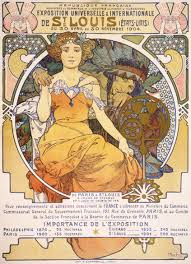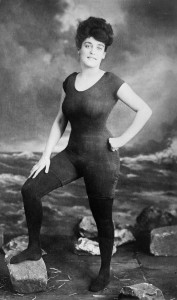
On March 11, 1911, Jessie wrote in her diary, “Went to the Orpheum with Douglas. It was the best bill that’s been there this year — ‘Twas grand. Antoinette (sic) Kellerman the ‘perfect woman’ was there. She sure was a beaut. Did some classy diving too.” Jessie misspelled her name, probably because she had some very dear family friends named Antoinette. Annette Kellerman was named the “Perfect Woman” reportedly by a Harvard professor who compared the measurements of the Venus de Milo with those of 3000 women, and proclaimed her to be that perfect woman.
She was an amazing woman in many ways. Annette Kellerman (1887-1975) made her name as a swimmer and diver in her home country of Australia. Her parents, both musicians and teachers, were having financial problems, so Annette and her father set off for London. She began to do swimming exhibitions, swimming several miles in the oily Thames, swimming along the English coast from town to town. She went to Europe and did the same, racing 17 men in the Seine and coming in third. In 1905 she became the first woman to attempt to swim the English Channel. She tried and failed 3 times, reportedly saying that she had the endurance but not the strength.
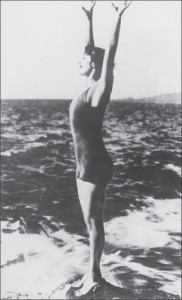
Nevertheless, these attempts brought her great publicity, and she soon came to the States to perform in a giant glass tank in White City, Chicago (a huge amusement park) and the Hippodrome in New York. She performed underwater ballet, something totally new, and became a sensation. Her grace and skill in the water combined with her beauty and personal charisma, as well as the fantasy themes of her productions, eventually made her the highest paid vaudeville star in the U.S.
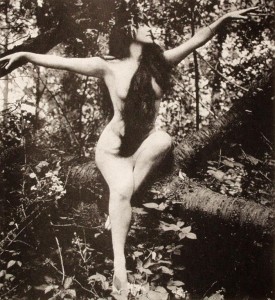
She also was a pioneer in her silent film career, becoming the first major film star to appear totally nude on screen in A Daughter of the Gods. In one of her films, she choreographed a scene with a large number of actors to perform with her underwater, thus creating the art/sport of synchronized swimming. In 1911 she starred in The Mermaid and became the first screen siren/mermaid with a mermaid costume that she actually swam in. Kellerman made quite a few movies after that with an aquatic theme. She became one of the most powerful women in the silent film industry in the control she exerted over almost every aspect of the films she was in, from script to location to lighting and costumes.
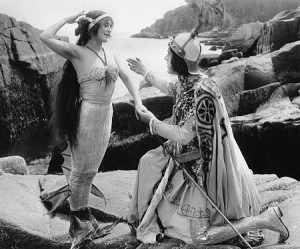
Kellerman also wrote several books on physical fitness and health, but she felt that the most important contribution she made to the world was her invention of the one-piece form-fitting swim suit for women. For hundreds of years women had effectively been banned from swimming because of the bulky and cumbersome attire they were expected to wear. Swimming is very difficult in woolen skirts and pantaloons. At the turn of the 20th century competitive swimming was just becoming popular in Australia, and it was not unusual for women swimmers there to wear the men’s swimming attire – a one-piece jumper with shorts to the mid-thigh and a tank top. This is what Kellerman wore for her swimming and diving exhibitions, and it was shocking to most of the rest of the world. In fact, on a U.S. beach she was arrested for public indecency for wearing such attire. To make her swimsuit more ‘respectable,’ she took a pair of black tights and sewed them to the bottom of the shorts, making the first unitard. This was her famous one-piece swimsuit. Pretty soon all women wanted a form fitting bathing suit. Seeing the demand, and ever an astute business woman, she designed a line of bathing suits with the close fitting short unitard underneath and a close fitting tank top that went to mid-thigh or the knee. These suits became known as Annette Kellermans.
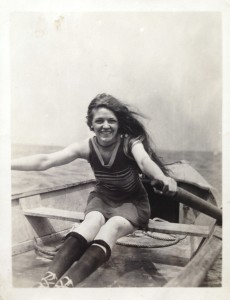
Annette Kellerman was truly an amazing women. An athlete, actress, author, life-long vegetarian, inventor, business woman and visionary, she was an important part of the women’s revolution that was going on at the time – getting the right to vote and freedom from restrictive clothing. Through her career and life, she pushed all women forward toward greater personal responsibility and freedom of choice in all aspects of their lives. There has been much written about Annette Kellerman. For a good introduction to her life, check out the Australian official website page dedicated to Annette Kellerman.
